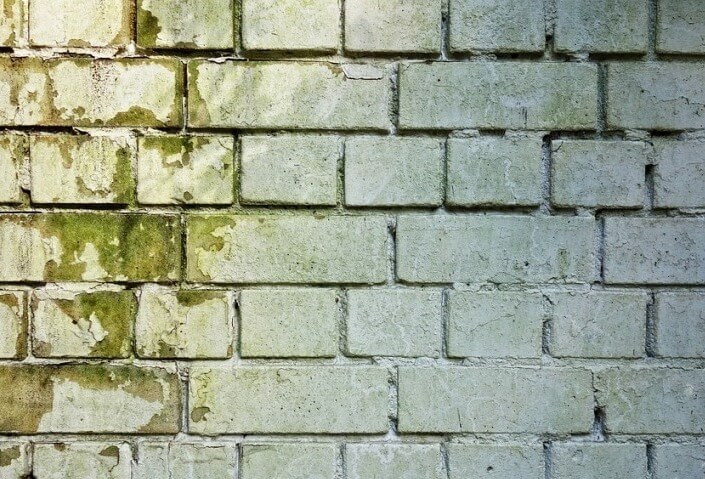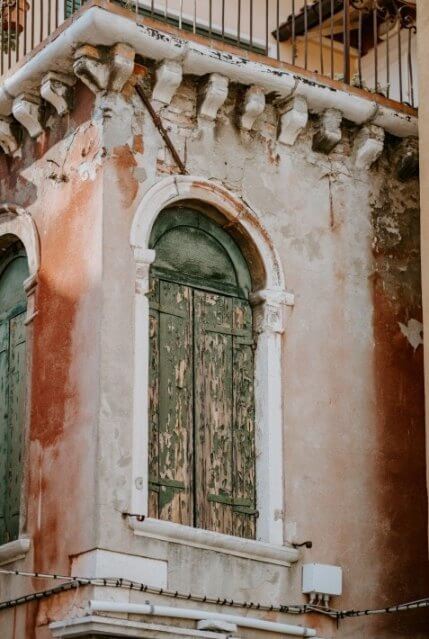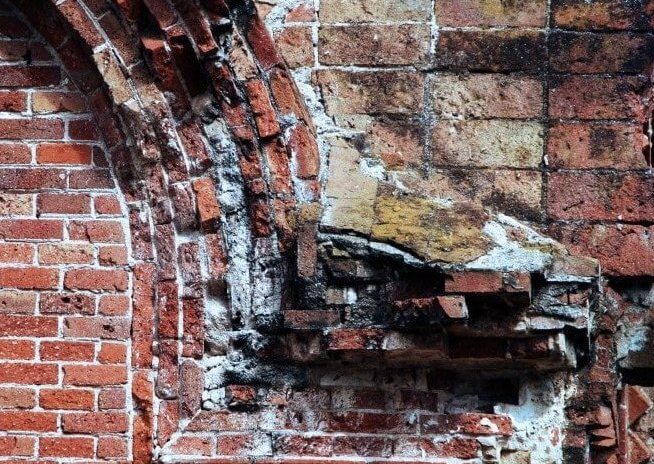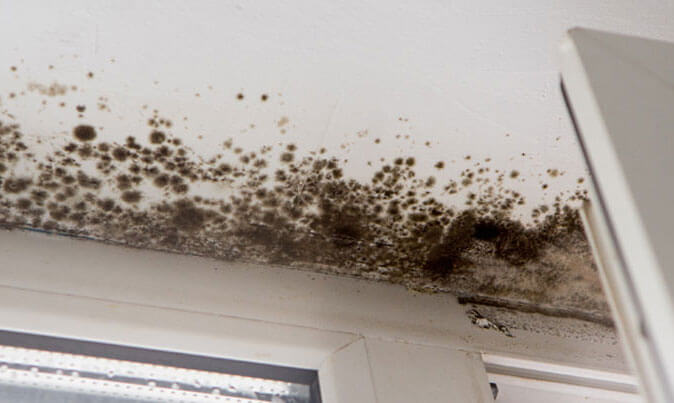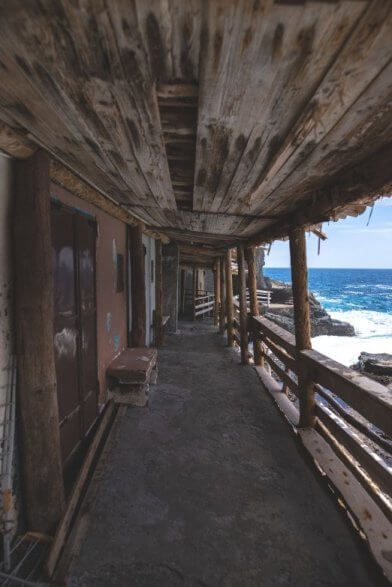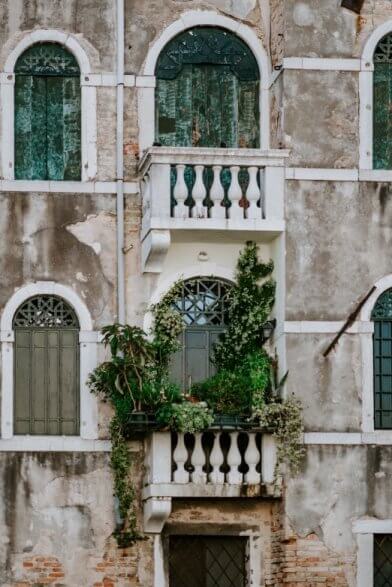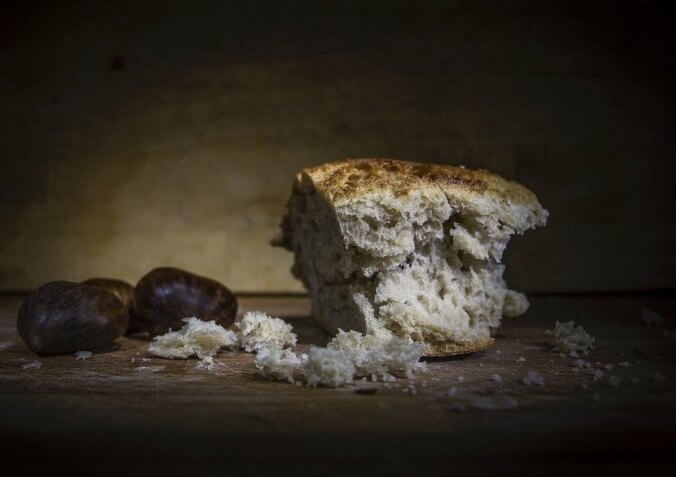If I ask you, is there mold in your house? you will probably tell me no. But it is normal because there are many types and not all of them manifest themselves in the same way.
Not all molds are green or black! There are white and even pink.
The aesthetics of the walls and floors is the least serious when you have this type of fungus at home. What is really harmed is your health because inhaling its spores can cause allergies and severe problems in your respiratory tract.
And since I took on the task of eliminating everything that causes allergies from my house, I investigated what are the types of mold that appear at home and made the summary that I will share with you below.
10 types of mold you can have at home
Pink Mold
As its name indicates, it is a type of mold that acquires a light pink hue. This organic material appears more frequently in the toilet, the shower and in the joints of tiles and ceramics.
Serratia marcescens is the name of the fungus present in this type of mold and it needs wet environments with sustained humidity to be able to appear and stay.
The toxicity level of this mold is not high unlike others that I will show you below. However, there are studies that suggest that people who have this type of mold, especially in the bathroom, have repeated urinary tract infections.
White Mold
This type of mold is not easily identified because it is not noticeable until it is well spread over the surface. When it has formed enough, it looks like a thin white powder layer whose texture resembles that of cotton.
The fungus that produces it is Sclerotinia sclerotiorum and it does not require wet areas to grow, with enough moisture for its development.
Exposure to this mold is associated with eye irritation, respiratory tract infections, and constant headache.
Black Mold
Stachybotrys chartarum is the name of the fungus that causes black mold. If you identify this mold in your home, you should act immediately because it is the most toxic of all.
This mold is blackish and greenish with a slimy appearance because a moist layer remains on its upper part. However, if the moisture in which the mold grew is reduced, it dries up but continues to contaminate.
Black mold grows in hidden areas where there is a lot of moisture. For this reason, I suggest you see hidden spaces in your house where you suspect that there are water leaks.
This mold is so toxic because it emits mycotoxins. Inhalation of these particles causes chronic respiratory problems, skin conditions, fatigue, irritation of mucous membranes and even deterioration of the immune system.
Aspergillus Mold
This mold is also dangerous since it originates from poisonous compounds. It is the main cause of aspergillosis disease and other severe lung diseases.
It also often causes ear infections, allergic sinusitis, or finger and toe nail diseases.
This mold appears with predilection in areas under construction, landslides or areas where there is a lot of compost accumulation. This mold is black and unlike the previous one does not have greenish tones.
Alternaria Mold
This type of mold appears a lot in the kitchen, especially under the sink because it favors humidity and darkness.
It also occurs in carpets that remain damp for a long time. However, this type of mold has been detected in areas with a minimum level of humidity.
This mold is associated with the development of asthma episodes, especially in vulnerable people such as children, the elderly or people with HIV. However, anyone can have an allergic outbreak from alternation.
It manifests itself in the form of dark spots and, if it is not removed in time, it can rot the tissues, walls and plants where it is housed.
Penicillium Mold
This mold grows favorably on old, isolated objects. Especially in the furniture fabrics, books and old carpets. Also on the wallpaper walls so I recommend you take a look at them from time to time.
It is a type of mold that spreads easily. All you have to do is move some of the contaminated objects to move the strain from one side to the other.
Its color is between green and blue and it also usually appears on the foods surface such as cheeses, breads and some fruits.
The funny thing is that this fungus is the basis of the creation of penicillin. However, it is not harmless and is associated with chronic allergies and even lung inflammation.
Cladosporium Mold
If the mold in your house is olive green with brown tones then it is Cladosporium.
It grows most often on old woods that have been exposed to moisture for a certain amount of time. Also in leathers, plastics, paper and other fabrics.
Living with this type of mold causes itchy eyes, runny nose, allergic cough, upper respiratory infections, among other similar symptoms.
Mucor Mold
This fungus appears in vegetables, fruits and other rotten foods. It also appears in the garden vegetation and on the walls.
It goes through various colors throughout its development. It can look white, beige, grayish, and brown. It is also distinguished from the others because it has several centimeters of growth.
This mold is the cause of fungal infections, including mycosis in different areas of the body. Although mycotoxins have not been detected in its composition, in sensitive organisms it can cause severe allergic reactions.
Sporotrichum Mold
This does not usually proliferate indoors but if outdoors, especially in the garden area. It doesn’t matter if the vegetation is dead or alive, the growth of this type of mold affects both the trees and the different plants.
The white spots are the starting point of this mold but as it progresses these spots expand and a whitish or grayish membrane forms in different parts of the vegetation.
If a human being is in contact with this type of mold, they run the risk of subcutaneous mycosis and other skin conditions.
Therefore, if you are in the garden and you observe the presence of this mold, you should be careful with the thorns and splinters of the weeds and plants as it is the fastest form of skin contamination with this fungus.
Neurospora Mold
If you were wondering what kind of mold appears on your pantry bread, then you should know that it is Neurospora.
This usually manifests itself with a pinkish tone and in some cases greenish. Especially when it is in more advanced stages.
It is important that as soon as you notice the first manifestations of this type of mold on bread or other food, discard it. Eating food with this type of fungus usually leads to diseases of the digestive tract.
Conclusion
Now, what is there in common between all types of mold? Humidity. Therefore, the best way to combat the appearance and proliferation of these is to control the humidity levels in your home.
A good trick is to use a dehumidifier but in addition to that, there are more practical and immediate tips that you can see in these tips to reduce humidity at home.
And if you are suffering from allergies, I suggest you read this article about how to combat allergies at home so that you can improve your health while you get rid of all the mold you find.
Now you can identify what type of mold appears in your home and dedicate yourself to eliminating it for your health and that of your family.
